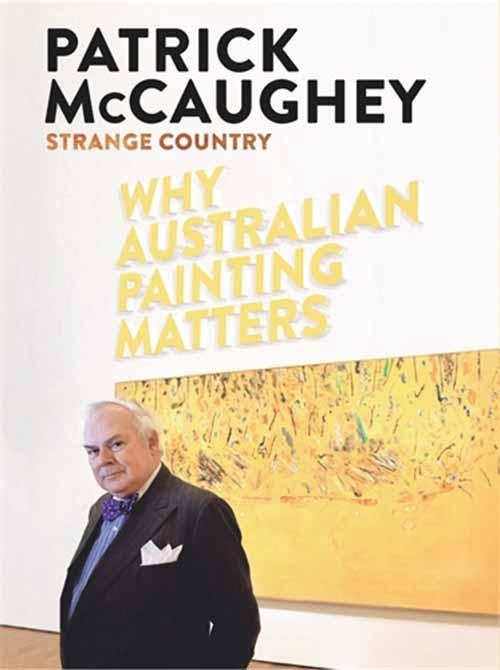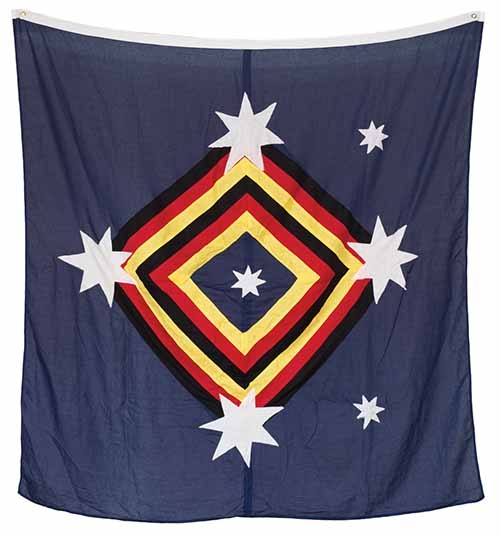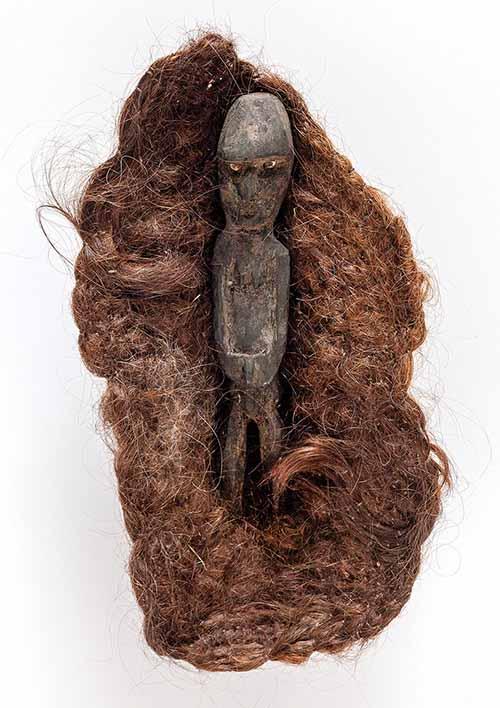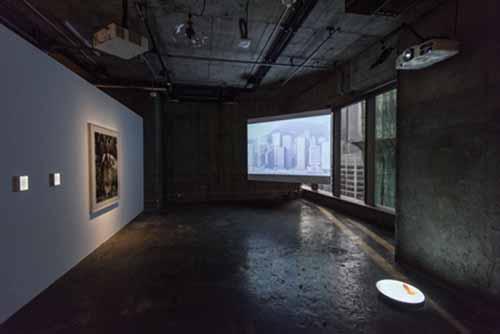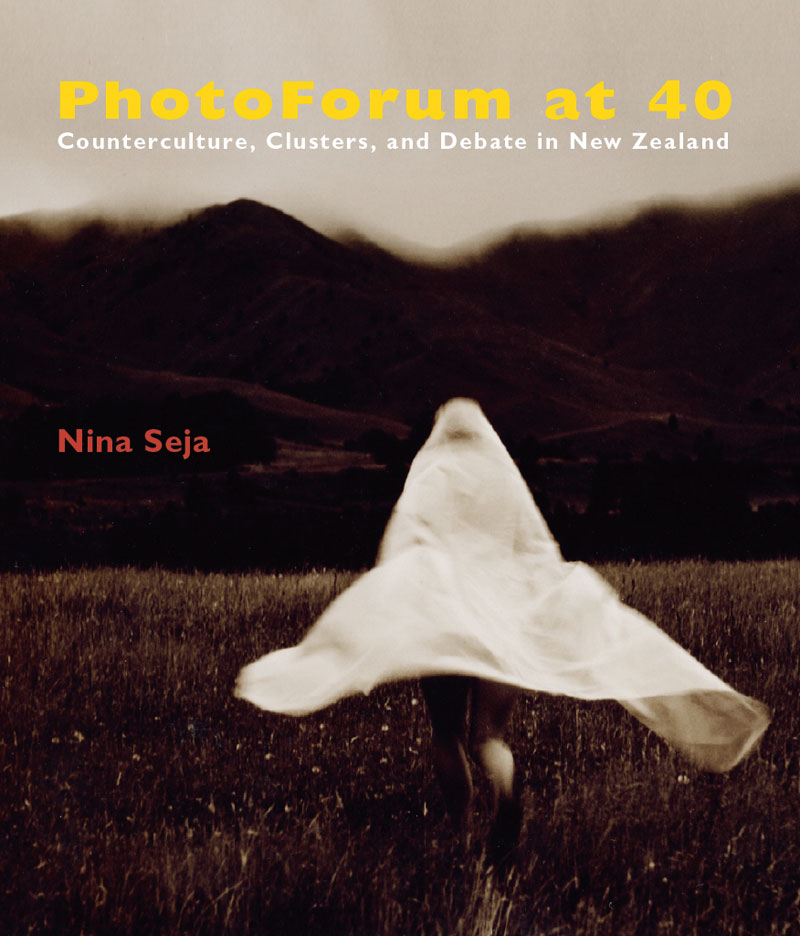
What is it about New Zealand that tugs at the heartstrings of expatriates? I picked up PhotoForum at 40 at the post office and began idly thumbing through it. How to tell the utter complexity of the emotions, which filled me?
Nina Seja prefaces the book with a photographic essay – thirteen photos, no titles, no names – just a series of seemingly random images, each imperceptibly building to the final one of an old lady standing knee-deep in the sea, transposed from the Shetland Islands maybe. A little, unmistakably New Zealand, image of a storm, cabbage trees (today known as nikau palms) bending in the ferocity of the wind, is followed by an image from Murray Cammick’s series Flash Cars of shiny car, shiny hair, shiny eyes, youthful wonder.
In his book Not Always So: Practicing the True Spirit of Zen, Shunryu Suzuki writes about shosuku and the feeling you have when you receive a letter from home. He says: ‘‘Even without an actual picture, you know something about your home, what people are doing there or which flowers are blooming. Although we have no written communication from the world of emptiness, we have some hints or suggestions about what is going on in that world – and that is, you might say, enlightenment. When you see plum blossoms, or hear the sound of a small stone hitting bamboo, that is a letter from the world of emptiness.’’ Similarly, this book strikes me as a series of letters from the world of emptiness.
What a triumph of a book Nina Seja has produced. Sure, it’s full of abstruse and excruciating details, which anyone familiar with committee meetings will be only too aware of. But if, as NZ poet and journalist Allen Curnow contended, the invention of New Zealand is intimately tied to creative practice, then this book captures the beauty and strangeness of that on-going experiment to celebrate and honour it.


